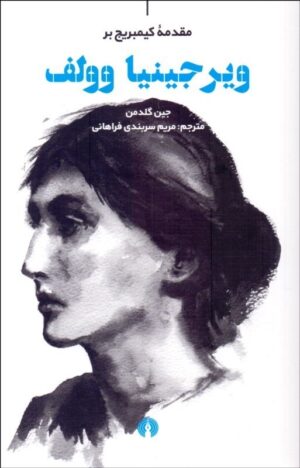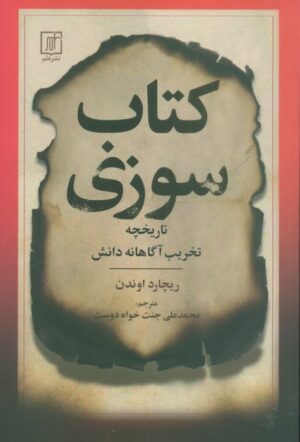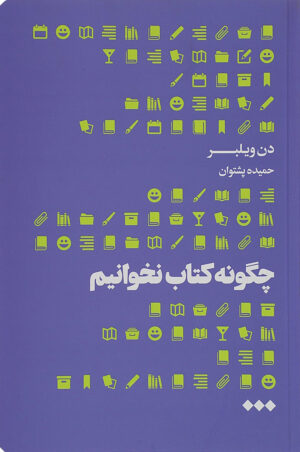Content Summary:
The book is divided into several chapters, each addressing different aspects of “not reading.” Through witty observations, illustrations, and fake literary trivia, Wilbur creates a playful guide for navigating a world obsessed with books.
- Introduction to Not Reading:
- Wilbur sets the tone by explaining the benefits of not reading and how one can live a fulfilled life without diving into classic literature. He introduces the concept with humor, aiming to relieve the guilt often associated with not reading.
- Skimming and Scanning Techniques:
- This chapter offers practical advice on how to skim through books and scan for key points to fake familiarity with literary works. Wilbur provides tips on picking out important quotes and summarizing plots without actually reading the book.
- Book Clubs and Literary Conversations:
- Wilbur gives readers strategies for participating in book clubs and literary discussions without having read the assigned material. He suggests ways to steer conversations, ask insightful questions, and use vague statements to create the illusion of having read the book.
- Judging Books by Their Covers:
- A humorous take on how to select books based on their covers, titles, and blurbs. Wilbur argues that these superficial elements can often provide enough information to bluff one’s way through literary conversations.
- Literary Cheat Sheets:
- The book includes cheat sheets for classic and contemporary literature, summarizing major themes, characters, and plots. Wilbur provides these summaries in a way that is both informative and amusing.
- Alternative Sources of Knowledge:
- Wilbur explores other ways to gain knowledge and cultural capital without reading books, such as watching movie adaptations, listening to audiobooks at double speed, or reading reviews and summaries.
- Dealing with Literary Snobs:
- Tips and tricks for handling encounters with literary snobs. Wilbur advises on how to use humor, sarcasm, and deflection to avoid feeling inferior in conversations with avid readers.
- The Power of Cliff Notes:
- This chapter highlights the utility of Cliff Notes and other summary guides, showing readers how to use them effectively to grasp the essence of literary works without reading the full texts.
- Creating Your Own Literary Canon:
- Wilbur encourages readers to curate their own list of must-read books based on personal interests and practical summaries, rather than societal expectations.
Themes:
- Humor and Satire:
- The book is filled with humorous takes on the literary world, using satire to critique the pressure to read and the pretentiousness often associated with literature.
- Literary Anxiety:
- Wilbur addresses the anxiety and guilt that come with not being well-read, offering a light-hearted approach to overcoming these feelings.
- Cultural Commentary:
- Through humor, the book comments on the cultural importance placed on reading and how society often equates book knowledge with intelligence and worth.
Style:
Dan Wilbur’s writing is characterized by its wit and sarcasm. The book includes humorous illustrations, fake trivia, and playful language that make it a fun and engaging read. The tone is conversational, making complex literary ideas accessible and enjoyable for a broad audience.
Reception:
“How Not to Read” was well-received for its humor and originality. Readers appreciated the book’s playful take on a serious subject, finding it both entertaining and thought-provoking. Critics praised Wilbur’s ability to make fun of literary culture while also providing genuine insights into the pressures of reading.
Conclusion:
“How Not to Read: Harnessing the Power of a Literature-Free Life” is a delightful and humorous guide for anyone who feels overwhelmed by the literary world. Dan Wilbur’s witty approach makes this book a perfect gift for both avid readers and those who prefer to avoid books altogether. It’s a reminder that literature should be enjoyed, not dreaded, and that it’s okay to take a light-hearted approach to reading.







Reviews
There are no reviews yet.